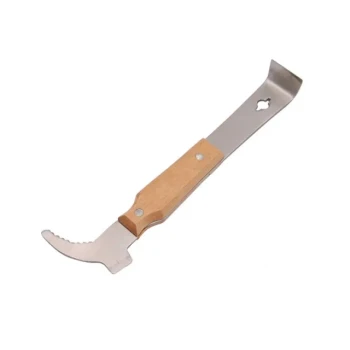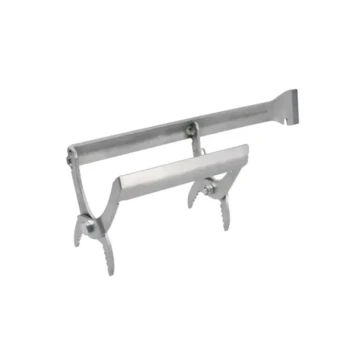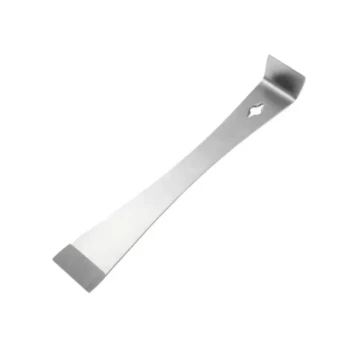In short, a horizontal beehive is most commonly called a long hive. Unlike the familiar vertically stacked Langstroth hives, a long hive consists of a single, elongated box where the bees build comb horizontally, much like they would in a hollow log or fallen tree.
The key distinction is not just the shape, but the management philosophy. Vertical hives are built for maximum expansion and honey production, while long hives are designed for ease of use, accessibility, and less physically demanding beekeeping.
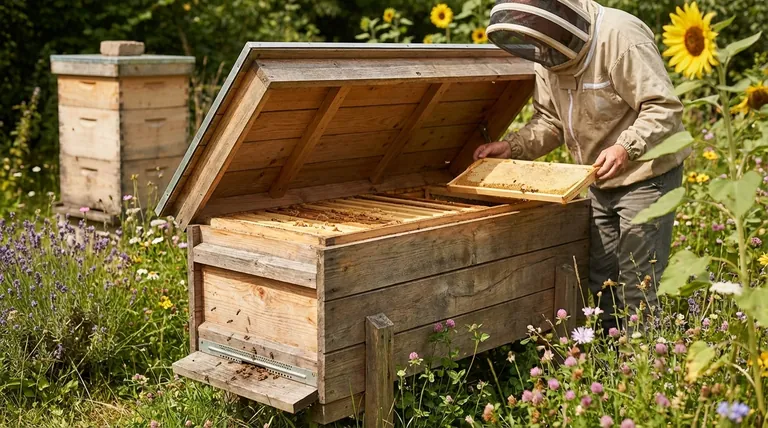
The Philosophy of a Long Hive
Understanding a long hive requires looking past its structure and into the principles that guide its design. It represents a different approach to interacting with a honey bee colony.
Mimicking Nature
A long hive is designed to more closely mimic the natural spaces bees colonize in the wild, such as hollow logs. In these environments, the colony expands horizontally along the length of the cavity. This design is often favored by beekeepers who prefer a more "natural" or hands-off methodology.
A Single-Box System
The most significant practical advantage of a long hive is that it is a single-story system. All frames—containing brood, pollen, and honey—are located on one level. This completely eliminates the need to lift heavy boxes (or "supers"), which can weigh 50 pounds (23 kg) or more in a traditional vertical hive.
How It Works: The Follower Board
Space inside a long hive is managed using a follower board. This is essentially a solid, movable divider that functions like an adjustable internal wall. The beekeeper can expand or contract the colony's available space by simply sliding this board, encouraging efficient comb building and temperature regulation without adding or removing entire boxes.
Comparing Long Hives to Vertical Hives
The choice between a long hive and a standard vertical hive (like the Langstroth) depends entirely on your goals, physical ability, and beekeeping philosophy.
Inspection and Management
Inspections are often less disruptive in a long hive. You can open the lid and remove one frame at a time without disturbing the rest of the colony. In a vertical hive, reaching the bottom brood box requires deconstructing the entire stack, which is a significant disturbance to the bees and a lot of heavy work for the beekeeper.
Honey Production
Vertical hives are the commercial standard for a reason: they are built for maximum honey production. As the nectar flow intensifies, you can keep adding supers vertically, providing nearly unlimited space. A long hive has a finite horizontal length, which can cap its total honey storage potential compared to a tall, stacked hive.
Equipment and Standardization
The Langstroth hive is the global standard. This means boxes, frames, and other equipment are widely available, inexpensive, and interchangeable. While many long hives use standard Langstroth frames, the hive bodies themselves are less standardized, often requiring a DIY approach or purchase from a specialty supplier.
Understanding the Trade-offs
No hive design is perfect. The long hive's strengths in one area create limitations in others. Being aware of these is critical for making an informed decision.
The Limitation of Space
The fixed length of a long hive is its primary constraint. A very prolific queen and a strong nectar flow can cause a powerful colony to run out of space. This requires diligent management by the beekeeper to prevent the colony from swarming.
Potentially Lower Honey Yields
Because a long hive cannot be expanded indefinitely, it will generally produce less honey than a vertical hive that is aggressively managed for production. For a backyard beekeeper wanting a reasonable amount of honey, this is rarely an issue. For someone with semi-commercial ambitions, it is a significant factor.
Overwintering Considerations
In very cold climates, a vertical hive offers an advantage. The bee cluster naturally moves upward as it consumes its winter honey stores. In a long hive, the cluster must move horizontally, which can be more challenging and potentially lead to the colony becoming isolated from its food stores in extreme cold.
Making the Right Choice for Your Goal
The "best" hive is the one that fits your specific needs. Use your primary goal as your guide.
- If your primary focus is accessibility and minimizing heavy lifting: A long hive is an excellent choice, as all management happens on a single, easy-to-reach level.
- If your primary focus is maximizing honey production: A traditional vertical Langstroth hive is the industry standard designed for efficient vertical expansion.
- If your primary focus is a less-intrusive, naturalistic approach: The management style and horizontal layout of a long hive align well with this philosophy.
Ultimately, the best hive is the one that empowers you to be a consistent and confident beekeeper.
Summary Table:
| Feature | Long Hive (Horizontal) | Langstroth Hive (Vertical) |
|---|---|---|
| Management Style | Naturalistic, less intrusive | High-production focused |
| Physical Demand | Low (single-level access) | High (heavy box lifting) |
| Honey Yield Potential | Lower (finite space) | Higher (unlimited vertical expansion) |
| Equipment Standardization | Lower (often specialty/DIY) | High (widely available) |
| Best For | Backyard beekeepers, accessibility, natural approach | Commercial/semi-commercial honey production |
Ready to Start Beekeeping the Easier Way?
Whether you're a commercial apiary or a beekeeping equipment distributor, choosing the right hive is critical for your success and efficiency. HONESTBEE supplies the durable, well-designed beekeeping supplies and equipment you need to manage your colonies effectively.
We provide:
- High-Quality Long Hive Kits & Components for low-impact, natural beekeeping.
- Standard Langstroth Equipment for maximum honey production operations.
- Wholesale-Focused Expertise to support your business's unique needs.
Let us help you equip your operation with the best tools for the job. Contact HONESTBEE today to discuss your wholesale supply needs!
Visual Guide
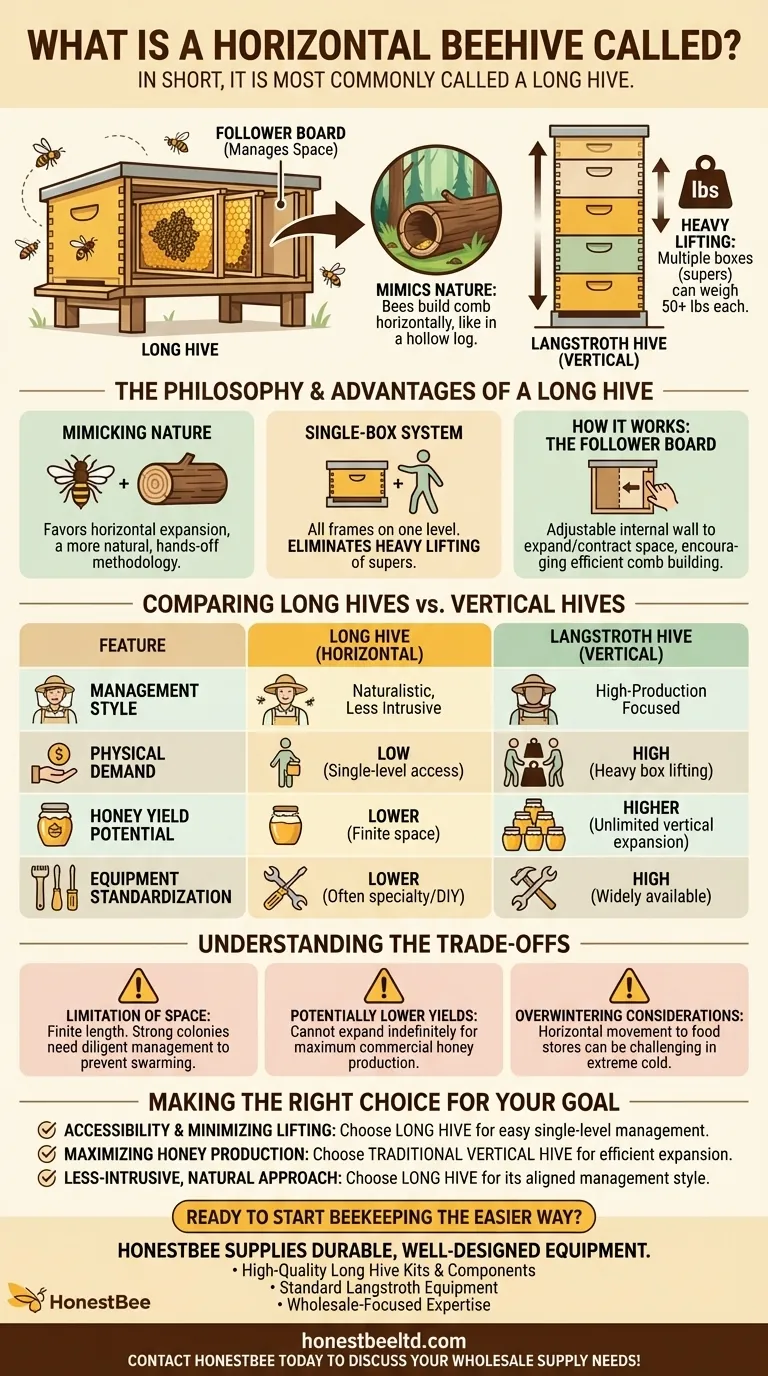
Related Products
- Long Langstroth Style Horizontal Top Bar Hive for Wholesale
- HONESTBEE Professional Long Handled Hive Tool with Precision Cutting Blade
- HONESTBEE Professional Multi-Functional Hive Tool with Ergonomic Wood Handle
- HONESTBEE Advanced Ergonomic Stainless Steel Hive Tool for Beekeeping
- Professional Dual-End Stainless Steel Hive Tool for Beekeeping
People Also Ask
- What is a top bar bee hive? A Natural, Low-Stress Beekeeping Solution
- What are the main differences between Langstroth hives and top bar hives? Choose the Right Hive for Your Beekeeping Goals
- How does the top bar hive help control varroa mites? A Natural Approach to Mite Management
- How are entrances designed in top bar hives? Master Beehive Layout for Maximum Honey
- What are the benefits of a top bar hive? A Natural, Low-Impact Approach to Beekeeping


